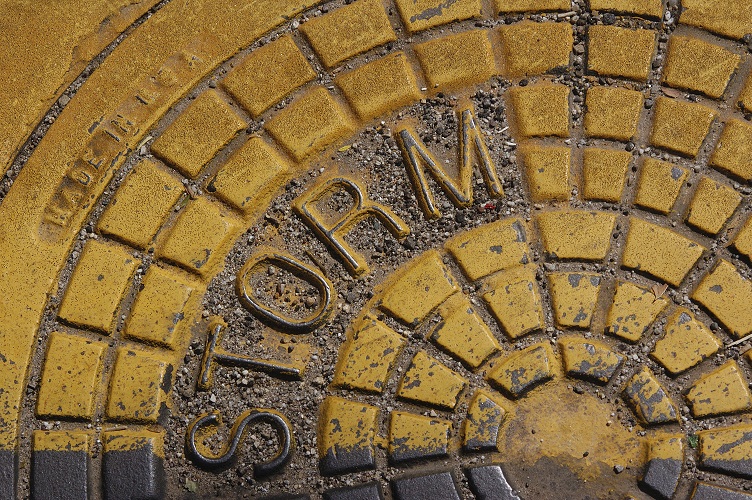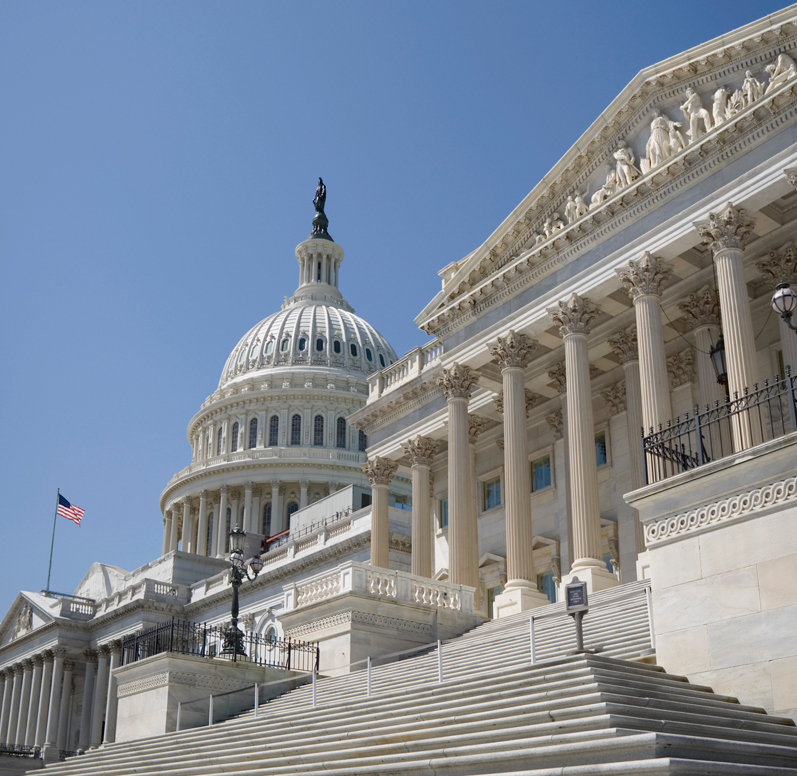On Oct. 9, following an injunction blocking the enforcement of the Clean Water Rule in 13 states, the Sixth Circuit of the U.S. Court of Appeals issued a nationwide stay on the rule. Finalized by the U.S. Environmental Protection Agency and U.S. Army Corps of Engineers in June, the Clean Water Rule is intended to protect streams and wetlands from pollution and degradation with a clearer definition of which waters are protected under the Clean Water Act.
This summer, 18 state governments in six appellate circuits became plaintiffs in a multi-district case. The states ― Ohio, Michigan, Tennessee, Oklahoma, Texas, Louisiana, Mississippi, Georgia, West Virginia, Alabama, Florida, Indiana, Kansas, Kentucky, North Carolina, South Carolina, Utah, and Wisconsin ― alleged the new rule would give the federal government jurisdiction of every water within the United States from small tributaries to dry creek beds and more. The states argue that the rule violates the Clean Water Act, the Administrative Procedure Act, and that it is inconsistent with the U.S. Supreme Court’s Rapanos precedent.
The majority opinion states that “petitioners have demonstrated a substantial possibility of success on the merits of their claims.”
“A stay temporarily silences the whirlwind of confusion that springs from uncertainty about the requirements of the new rule and whether they will survive legal testing,” said the court’s order.
The case is pending further court action as the court decides whether it has jurisdiction over the case.
According to an EPA statement, agencies should use prior regulations defining the term “waters of the United States.” Those regulations should be implemented as before August 27 by applying relevant case law, applicable policy, and the best science and technical data on a case-by-case basis in determining which waters are protected by the Clean Water Act.







